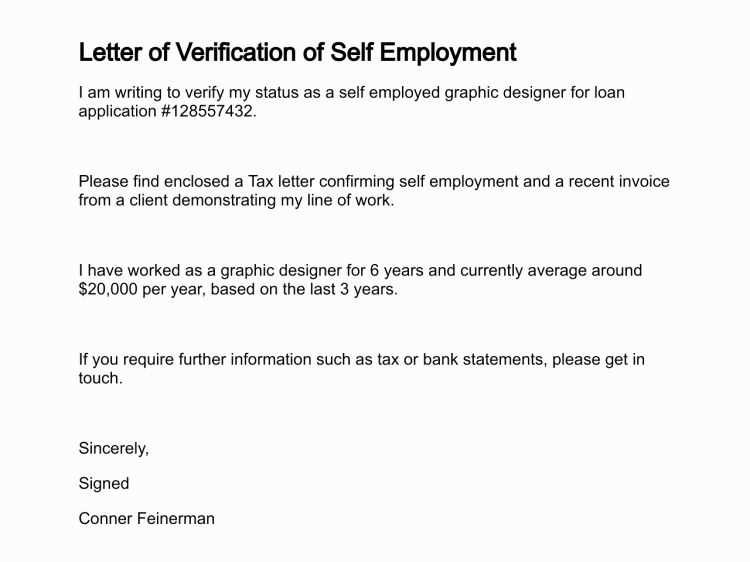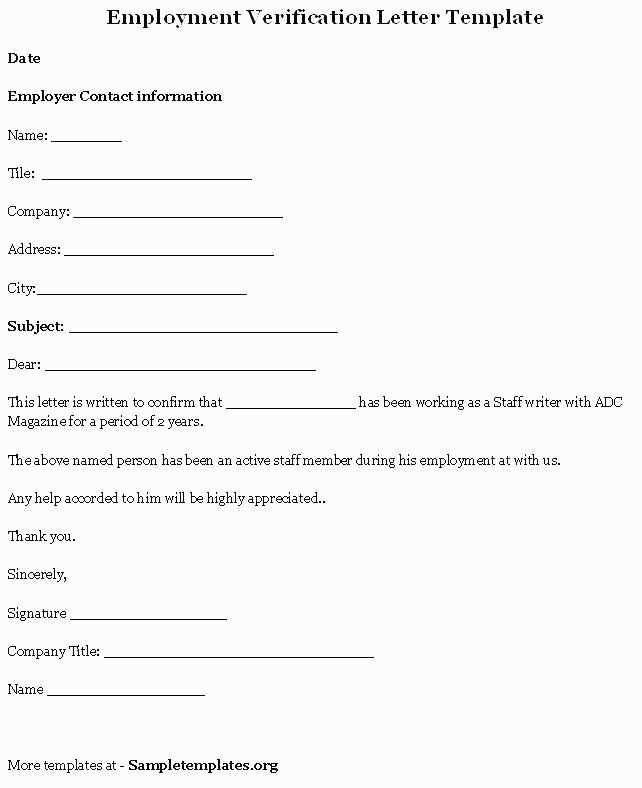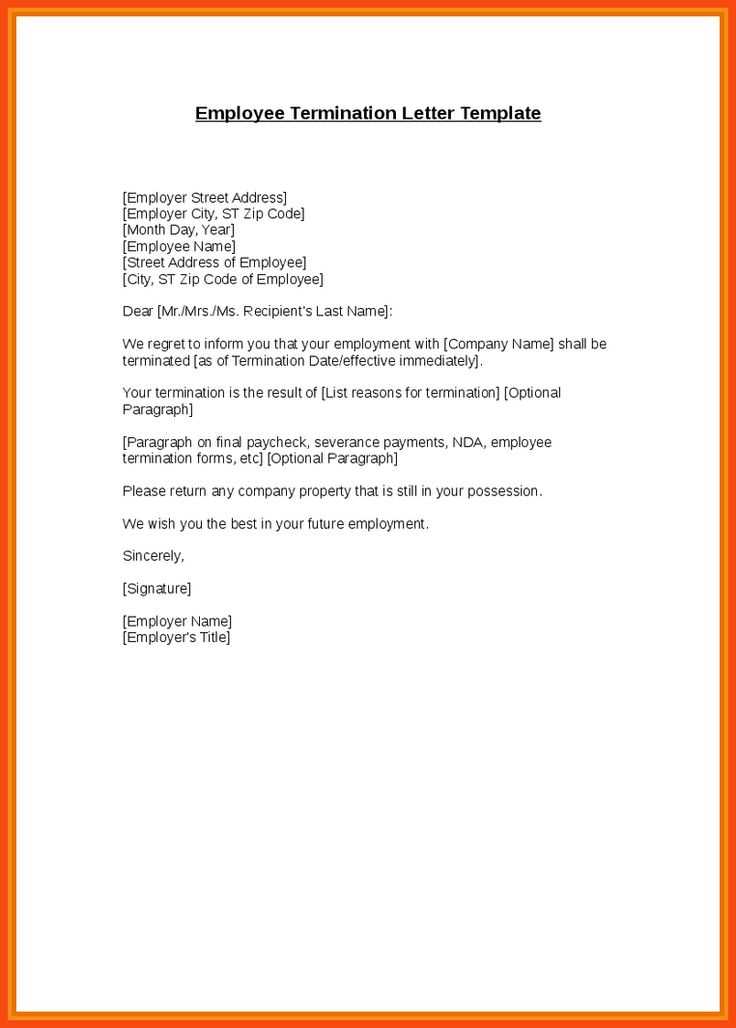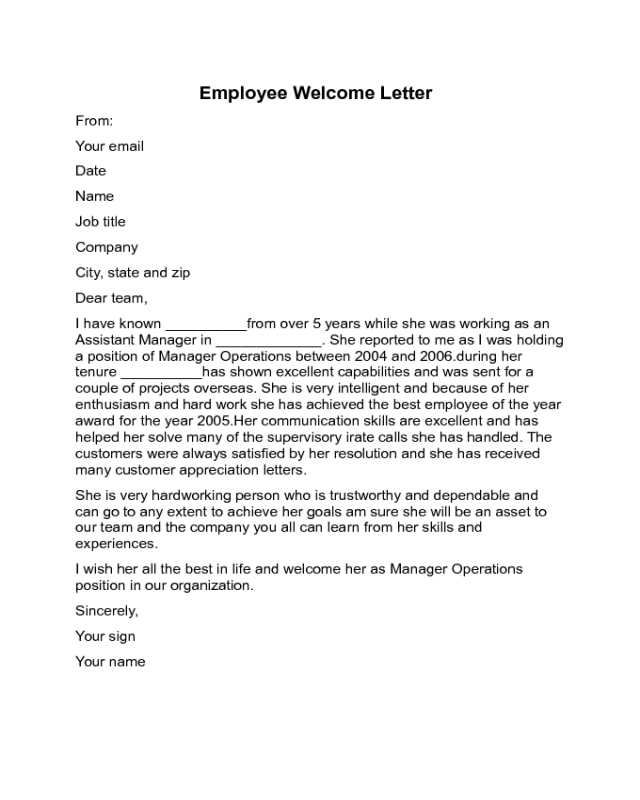Employee of the Year Letter Template for Effective Recognition

Appreciating and acknowledging exceptional efforts plays a crucial role in fostering a positive and motivated work environment. Celebrating individual achievements not only boosts morale but also encourages continued dedication and high performance. In any organization, it’s important to express gratitude for those who go above and beyond, setting an example for others to follow.
Crafting a meaningful message of recognition can have a significant impact, as it highlights the value of hard work and dedication. Such gestures of appreciation help strengthen the bond between colleagues and the company, fostering a culture of mutual respect and admiration. Whether through formal or informal means, showing gratitude is an essential part of employee engagement.
When drafting a message of praise, it’s essential to make it personal and specific to the individual’s contributions. A well-written note can make all the difference in ensuring that the recipient feels valued and motivated to continue striving for excellence. It’s about creating a lasting impression that acknowledges effort and success in a way that resonates deeply with the individual.
Creating an Employee of the Year Letter
Recognizing outstanding performance within an organization is a key aspect of maintaining a motivated and engaged team. Crafting a thoughtful and impactful message of appreciation requires a careful balance of sincerity, specificity, and respect for the individual’s hard work. A well-crafted recognition note not only highlights achievements but also strengthens the overall work culture.
Essential Components of a Recognition Message
A meaningful note should include several key elements to ensure the recipient feels truly valued:
- Personalization: Address the recipient by name and mention specific actions or accomplishments that stood out.
- Gratitude: Clearly express appreciation for their hard work and commitment.
- Impact: Highlight how their contributions have positively influenced the team or organization.
- Encouragement: Offer motivation for continued growth and success.
Tone and Delivery
The tone of the message should match the culture of the organization while still maintaining a professional and respectful demeanor. Some organizations prefer a more formal approach, while others may opt for a casual and heartfelt tone. Either way, the message should always be genuine and focused on the individual’s achievements.
After writing the message, it’s important to consider the delivery method. Whether it’s shared in a team meeting, presented in a formal ceremony, or sent via email, the method should align with the level of recognition and the recipient’s preferences. Regardless of the format, ensure that the message is delivered with the utmost respect and appreciation.
Why Recognition Matters for Employees
Acknowledging exceptional efforts within a team is a fundamental way to build trust, improve motivation, and enhance overall performance. When individuals feel that their contributions are valued, it strengthens their commitment and encourages them to continue giving their best. Recognition not only fosters a positive atmosphere but also creates a culture where everyone strives to excel.
Increased Motivation: Public and private acknowledgment of accomplishments can boost morale and fuel motivation. When people feel appreciated, they are more likely to remain engaged and productive, contributing even more to the team.
Improved Job Satisfaction: Feeling recognized helps individuals experience greater satisfaction in their roles. This appreciation fosters loyalty and decreases turnover, as team members are more inclined to stay in an environment where their work is valued.
Strengthened Team Spirit: Recognition encourages a sense of camaraderie and unity among colleagues. By celebrating achievements, teams create an environment where mutual respect and collaboration thrive, ultimately benefiting everyone involved.
Encouragement for Growth: Acknowledging one’s hard work not only rewards current efforts but also serves as motivation for future development. When people are recognized, they are more likely to take on new challenges and pursue personal growth, driving the entire team toward success.
Key Elements of a Strong Letter
A meaningful note of appreciation should include several important elements to make it impactful and memorable. It is essential that the message is clear, heartfelt, and specific to the individual’s achievements. A well-structured message communicates respect and recognition while motivating the recipient to continue excelling in their role.
Core Aspects to Include
- Personalization: Mention the recipient’s name and reference specific accomplishments or contributions that made an impact.
- Gratitude: Clearly express thanks for their efforts and dedication, emphasizing how they positively influenced the team or organization.
- Details of Contribution: Provide concrete examples of how their actions benefited the group, such as meeting goals or improving processes.
- Encouragement: Offer words of support and motivation for future endeavors, showing that their hard work has laid a foundation for even greater success.
Formatting and Tone

It’s important that the tone of the message reflects the level of formality in the organization while remaining sincere. Whether formal or informal, the language should be positive and uplifting, ensuring the recipient feels truly appreciated. Pay attention to the structure, ensuring the message is concise and easy to read, with each element flowing logically from one point to the next.
How to Personalize the Letter

Personalizing a message of appreciation ensures that it resonates with the recipient and makes them feel truly valued. By tailoring the content to highlight specific accomplishments and qualities, you create a more meaningful connection and demonstrate genuine recognition. Personalization shows that you’ve taken the time to acknowledge the individual’s unique contributions.
To create a personalized message, consider the following strategies:
| Element | How to Personalize |
|---|---|
| Name: | Always address the recipient by their full name or preferred nickname to establish a personal connection. |
| Specific Achievements: | Reference particular tasks, projects, or milestones they’ve accomplished that have had a positive impact. |
| Qualities: | Highlight personal traits that contributed to their success, such as teamwork, dedication, or leadership. |
| Impact: | Discuss how their actions have benefited others or contributed to the overall success of the team or organization. |
| Future Encouragement: | End the message by expressing confidence in their future success, motivating them to continue excelling. |
By incorporating these elements, you ensure that the message feels specific and authentic, rather than generic. Personalization adds depth and sincerity, leaving a lasting impression on the recipient and reinforcing their sense of value within the team.
Best Practices for Writing Appreciation Letters
Writing a thoughtful and impactful note of gratitude requires careful consideration. To ensure your message is meaningful and well-received, it’s essential to follow best practices that convey genuine respect and recognition. A well-crafted message highlights the recipient’s efforts while maintaining sincerity and professionalism.
Keep It Specific: Avoid generic statements and focus on the individual’s unique contributions. Mention concrete examples of how their actions made a difference. Specificity helps create a deeper connection and makes the recognition feel personal and earned.
Be Sincere and Genuine: Authenticity is key when expressing gratitude. Avoid exaggeration, and instead focus on being truthful and sincere about the impact the individual has had. A heartfelt message resonates much more than one that feels forced or insincere.
Use Positive and Uplifting Language: Emphasize words of encouragement and positivity. Acknowledge their hard work and dedication, and let them know how much they are appreciated. Language that is both motivating and respectful will help create a lasting impression.
Maintain a Professional Tone: While warmth and enthusiasm are important, the tone should remain professional. Balance between personal connection and workplace professionalism is key to making the recipient feel both appreciated and respected.
Keep It Concise: While it’s important to express gratitude, the message should not be overly long. Focus on key points and keep the content clear and to the point. A concise, well-written message is much more impactful than one that is lengthy and unfocused.
By adhering to these practices, you create a message that truly acknowledges the individual’s efforts and encourages them to continue striving for excellence, all while strengthening the bond between them and the organization.
Common Mistakes to Avoid in Recognition Letters

While crafting a message of appreciation, it’s important to avoid certain pitfalls that can diminish its impact or make it feel less sincere. Understanding these common mistakes can help ensure your message is effective, respectful, and truly highlights the individual’s contributions.
Being Too Generic: A vague or impersonal message can come across as insincere. Avoid using broad terms like “great job” without specifying what made the person stand out. Focus on specific actions and achievements to make the recognition feel earned.
Over-exaggeration: While it’s important to express enthusiasm, avoid exaggerating accomplishments or making claims that are not entirely accurate. Overstating praise can make the recognition seem less genuine and reduce its credibility.
Using Negative Language: Recognition should focus solely on positive reinforcement. Avoid bringing up areas for improvement or any negative aspects, as this can undermine the sentiment of appreciation. Keep the tone uplifting and celebratory.
Ignoring the Recipient’s Preferences: Different individuals may have different preferences for how they like to be recognized. Some may prefer a private message, while others may appreciate public recognition. It’s important to consider these preferences to ensure the gesture is well-received.
Being Too Brief: While brevity is important, a message that is too short can feel impersonal. It’s crucial to strike a balance between keeping the message concise and ensuring that the recognition feels meaningful and thoughtful.
By avoiding these common mistakes, you can ensure that your message of recognition is truly impactful and appreciated by the recipient, fostering a positive atmosphere within the team or organization.